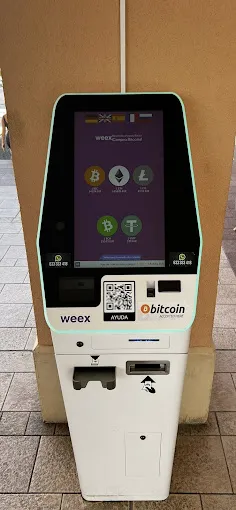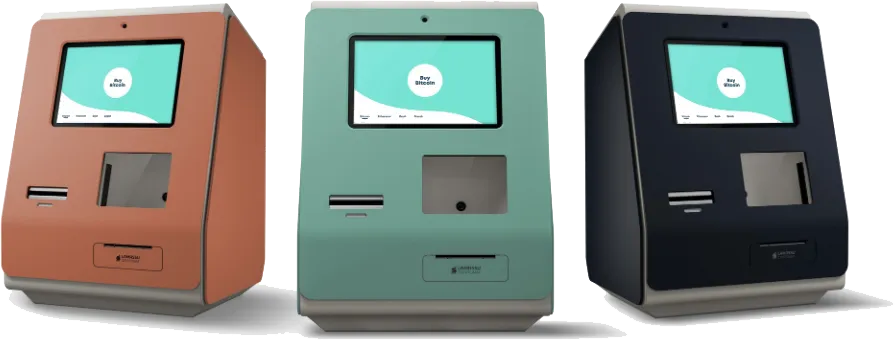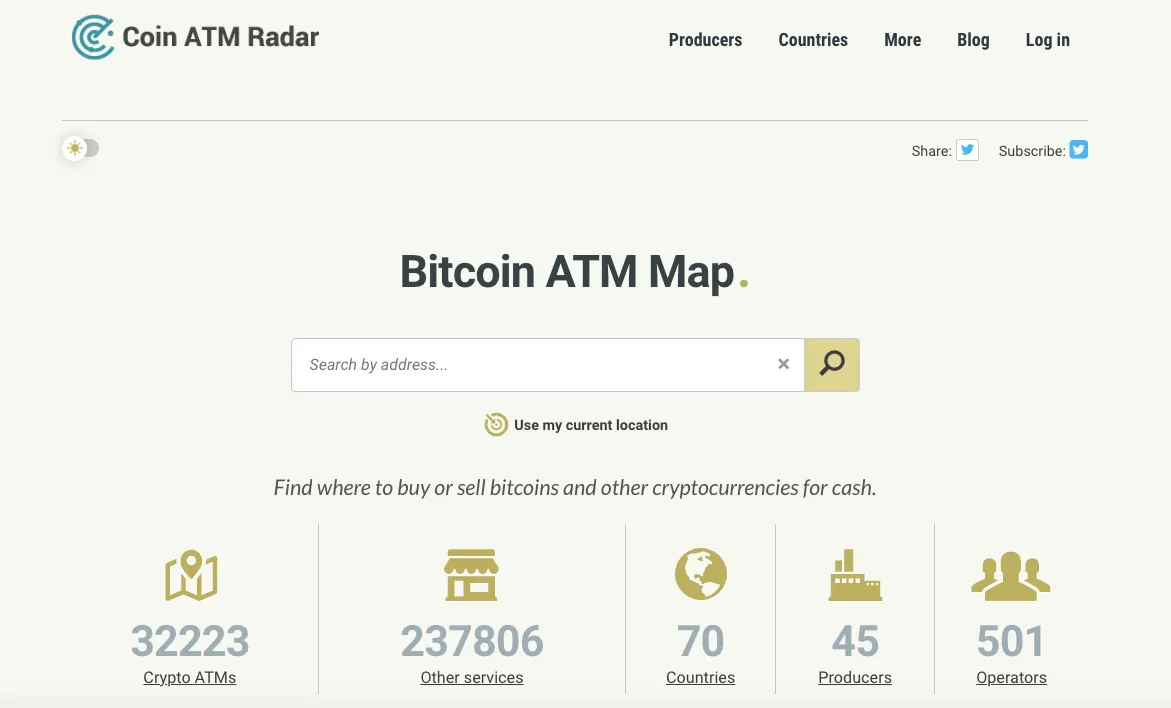
Yesterday, when I had my doctor's appointment at the hospital, I parked at a free shopping center close by, on my way out, I saw a crypto ATM next to one of the shops in front of one of the cafeterias.
Back in 2018, barely 1 year after I entered the crypto world, I was considering purchasing one of these units and placing it in a busy commercial area as a way to check if it was profitable enough to create a network. At that time, the only manufacturer you could deal with in Europe was Lamassu which is owned by their founders Josh and Zach Harvey a couple of US brothers who designed their first ATM back in October 2013, and later launched their production facilities in Portugal. They have several models and I was considering their basic one which could only deal with BTC and ETH at that time.

Their software is open source and you could just purchase the ATM or contract software maintenance which had all software upgrades included, I remember exchanging some emails with Zach.
Back then, also the ATM radar webpage was launched, where you could find the exact location of any ATM machine.

One of the interesting aspects of using an ATM from the consumer standpoint was that back then, there were not too many exchanges and you could just purchase or sell some crypto on the fly, without identifying yourself as authorities did not request you to pass KYC. According to Lamassu, most of their customers were applying a 10% commission on top of the market price as a profit to pay for the machine purchasing price, the software maintenance, and the cost of operation which usually included renting a spot at a shopping center.
Yesterday, I saw a publication announcing Kraken and Coinbase have both been approved by the Bank of Spain to operate as regular exchanges in the country, so I am quite sure if the ATM business is not already using KYC it will have to in the near future.
I wonder if this is still a profitable business with all the paperwork that will have to be managed in order to meet legal requirements, and if also, users will be interested in paying a premium considering the large amount of exchanges out there. We could be witnessing a fast product life cycle, only dying just a few years after it was born.